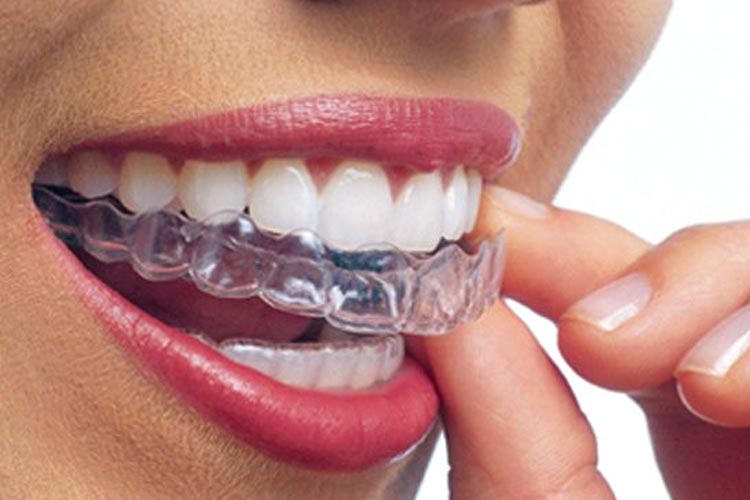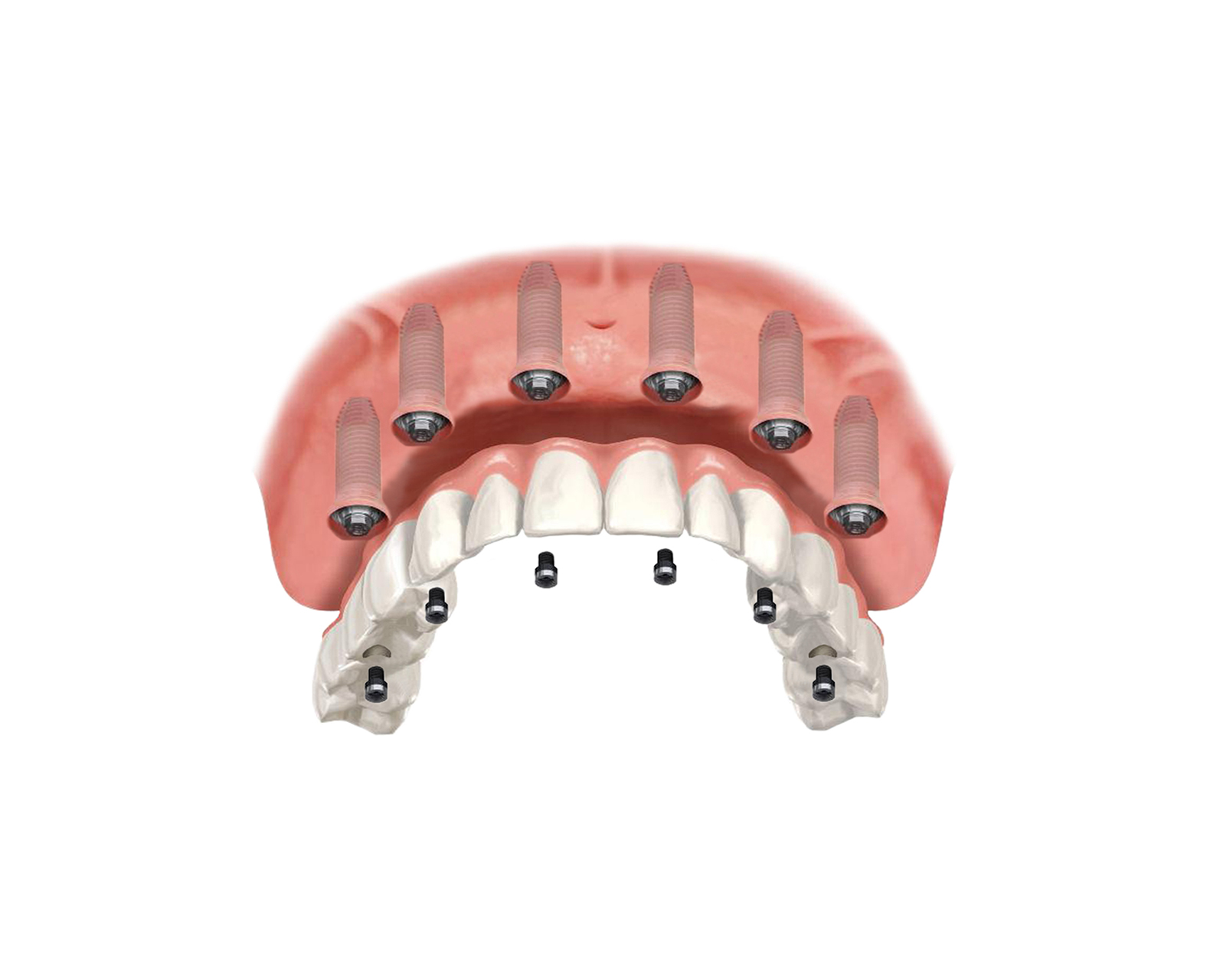Baby Bottle Rot
It is the type of caries that starts on the upper front milk teeth of babies and spreads rapidly after breastfeeding or during the process of putting them to sleep with a bottle. The sugar called LACTOSE in the structure of breast milk is a cariogenic (cariogenic) substance.
Milk teeth decay more easily than permanent teeth. These caries also cause aesthetic and functional losses in children, and cause crookedness by causing space shortage in the future. For this reason, it is necessary to apply the last breastfeeding or bottle feeding before the baby goes to sleep for a long night, and teeth should be brushed without toothpaste or with toothpaste recommended by the pedodontist until the age of 3.5-4 years.
Baby Bottle Rot
Populer Services

Our philosophy is to offer treatment to all people by focusing on the relationship of your teeth and gums to your total body health. We want you to make sure that your smile reaches your goals for comfort, function and appearance. We are here to do this. We also understand that the choice of dentist is an important decision. After all, your smile says a lot about your greatest asset and overall health. You will be greeted in an environment where you can relax from the moment you enter the door.
- +90 (258) 262 30 52
- contact@tulayakkol.com.tr










